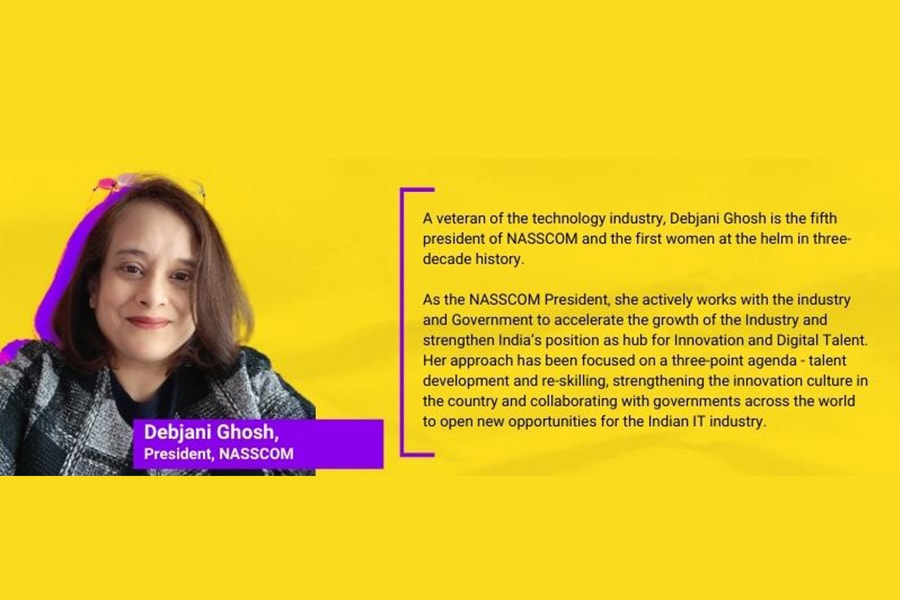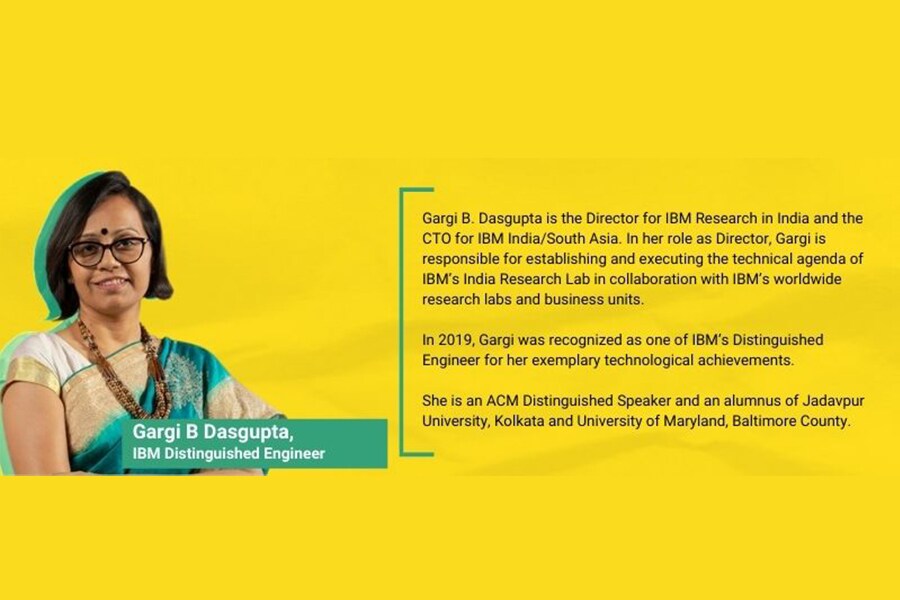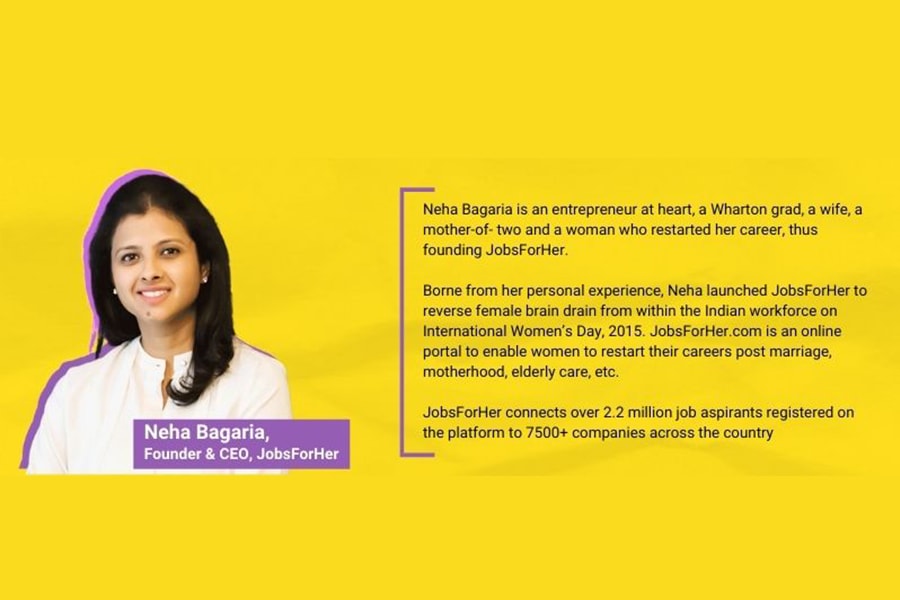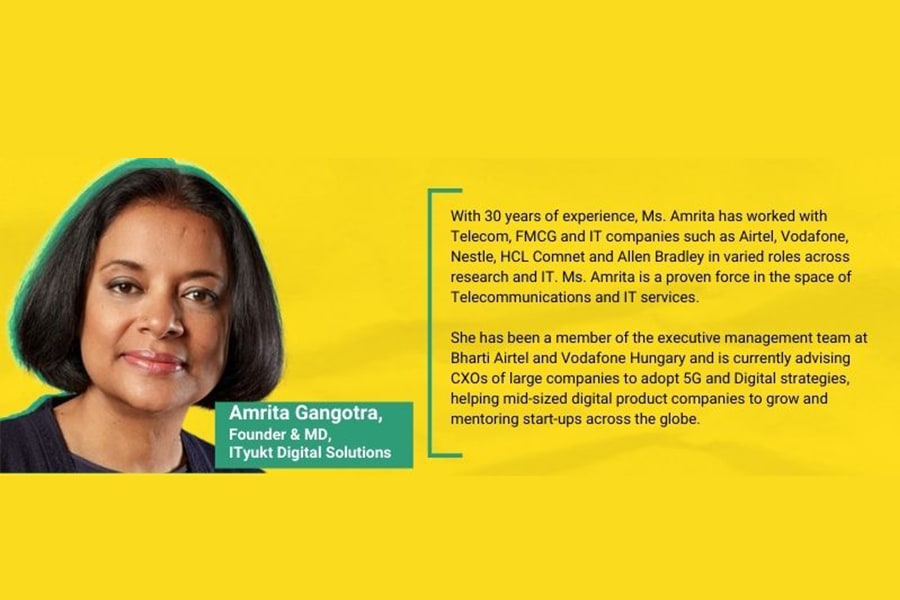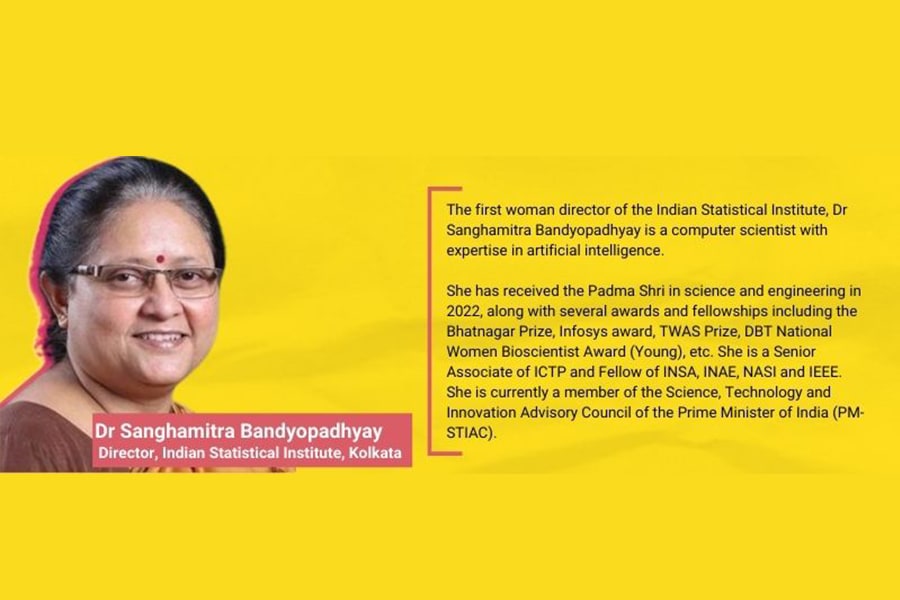
International Women's Day: Women pioneers and leaders on how to make STEM careers open for girls across India
On this International Women's Day, we sat down with some of the women leaders to discuss the need to bring more girls into science and technology
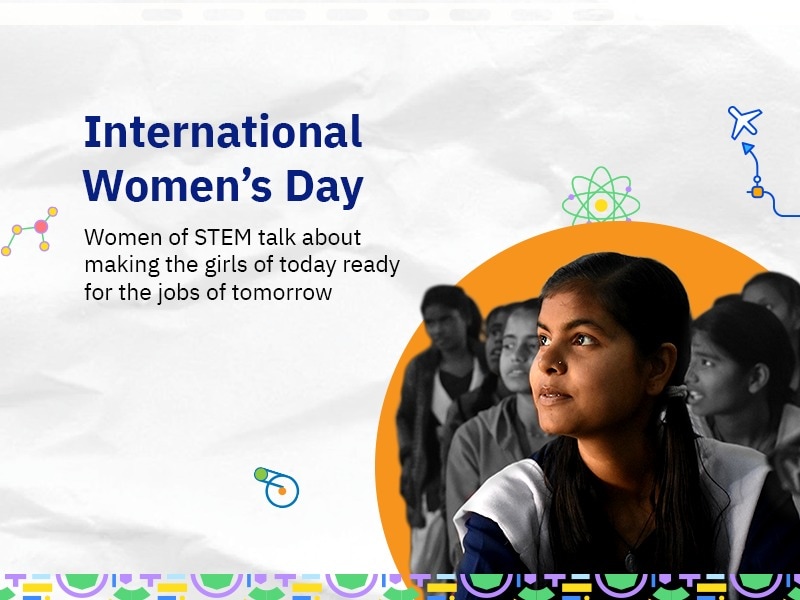 Global markets and workspaces are increasingly demanding new-age skills and solution-providing mindsets. In fact, a report suggests that in the next decade, 80% of the jobs will need STEM (Science, technology, Engineering and Mathematics) skills.
Global markets and workspaces are increasingly demanding new-age skills and solution-providing mindsets. In fact, a report suggests that in the next decade, 80% of the jobs will need STEM (Science, technology, Engineering and Mathematics) skills.
In a future where jobs and workspaces will need technology skills at almost all levels, we need to ensure that women have a seat at the table and access to the new collar jobs of the future.
Not only does India – and the world – need the participation of its female population, the women themselves need to be ready to enter these emerging technology fields. However, despite the clear need – both from the tech job market and the women looking to enter higher-paying professions – the field is anything but equitable.
On this International Women’s Day, we sat down with some of the women pioneers and leaders of the technology sector to understand the need to bring more girls into science and technology(S&T) and how S&T education and careers can be made more inclusive and open for girls across India.
Debjani Ghosh, the first woman president of the National Association of Software & Services Companies (NASSCOM), is a key influencer in the industry and is a firm believer in using technology as an enabler of inclusive growth. She said, “The overall percentage of women in the tech sector is a healthy 36% but needs greater diversity in middle and senior management. This effort requires a commitment by women themselves to invest in their learning, taking new opportunities as well as by organizations in building mentorship initiatives, tracking metrics across levels, leadership programs and continuous learning.” Debjani is well aware that for better diversity in STEM at the workplace, it is critical that structured interventions are undertaken to shift the perceptions at the school and college levels. To get more girls into STEM, she said, “Programs that showcase girls who code, special talks on STEM role models, STEM scholarships, industry initiatives on skilling girls and women in STEM, talks on career opportunities in STEM, online self-paced learning in STEM, the government-led initiatives to drive STEM learning across government girl schools and colleges, exchange programs are among the plethora of initiatives that will need to be taken by all stakeholders.”
